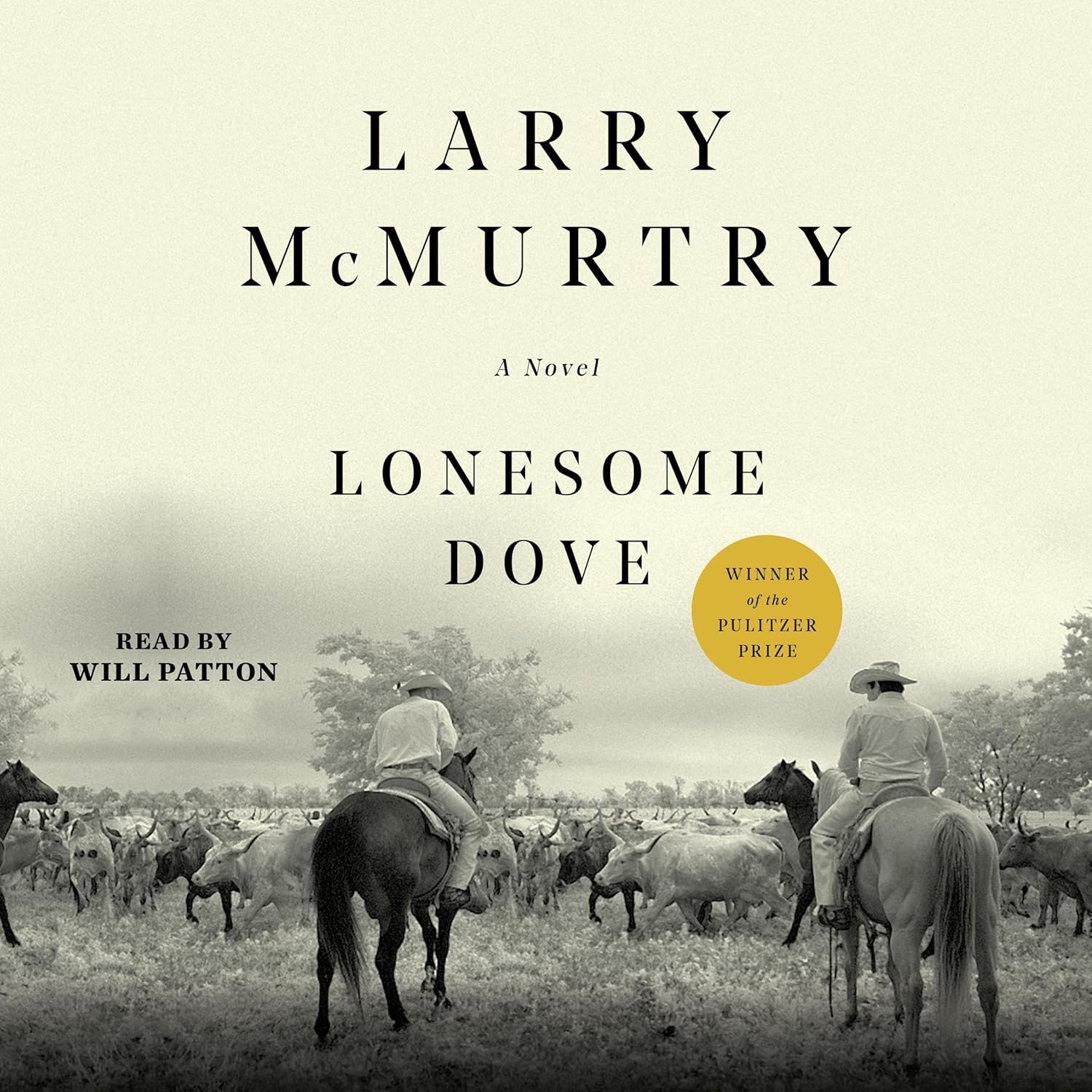As an avid reader who enjoys character-driven narratives and richly woven tales, I’ve long had my eyes set on Lonesome Dove, the Pulitzer Prize-winning novel by Larry McMurtry. This 40th anniversary edition caught my attention not only due to its awards and lauded legacy but also because I’ve heard so much about its depth—both in characters and in storytelling. The prospect of exploring the American West through the eyes of retired Texas Rangers was intriguing, and I couldn’t resist delving into this epic.
From the get-go, McMurtry’s writing enveloped me. His ability to capture the voices of a multitude of characters is truly commendable. I found myself quickly immersed in the dusty town of Lonesome Dove, where the retired rangers Augustus McCrae and Woodrow Call navigate their new lives after being legends of the past. This leisurely pace of life, punctuated by humor and heart, is beautifully juxtaposed against the impending adventure that awaits them. As noted in reviews, the sheer scope of the narrative, as McMurtry deftly switches between characters, adds layers to the story that’s both engaging and authentic.
One of the strongest elements of Lonesome Dove is undoubtedly its character development. Every character, from the main protagonists to the minor roles, emerges fully formed. I particularly appreciated how McMurtry paints Call as a brooding workaholic and Gus as the lazy philosopher—oppositional forces that not only clash but complement each other. Their camaraderie is littered with sharp, witty banter, particularly from Gus, whose humor delivers levity amidst the darker themes of the narrative.
However, while the character development was robust, I did notice some shortcomings. Similar to critiques from other readers, I found the preface to be overly revealing, almost spoiling some of the emotional weight intended to unfold as the story progresses. Additionally, the treatment of female and Native American characters can be unsettling at times; not all portrayals felt balanced or fair according to today’s sensibilities. While I understand that McMurtry aimed for authenticity, there’s room for more nuanced representations.
The journey itself, from the dusty plains to the untamed wilds of Montana, is rife with danger—snake-infested river crossings, lightning storms, and the constant threat of death hanging over the crew. The plot does not hinge on grand goals but instead serves as a backdrop for the characters’ exploration of their own regrets and relationships. This theme of unacknowledged paternity and the pangs of aging resonates deeply throughout the narrative, leading to moments of profound reflection.
Both thrilling and heart-wrenching, I must agree with reviewers who beautifully captured the emotional impact of this story. Just as Nick Wisseman described, Lonesome Dove starts with light-hearted moments, but quickly turns to poignant reflections about life, loss, and what it means to love. It prepares the reader for heartbreak, and I too shed tears over the fate of beloved characters.
The pacing of Lonesome Dove, while generally engrossing, did present a slight drawback for me at times; some segments felt a bit drawn out. Yet, this slow burn is also part of its charm, allowing for deep character exploration. As I moved through the pages, I found it was worth every moment.
In conclusion, my journey through Lonesome Dove was not only rewarding but also transformative. McMurtry’s storytelling is immersive and impactful, revealing the unyielding spirit of the American West through honest portrayals of both its beauty and brutality. I wholeheartedly recommend this novel to anyone willing to embrace its length and depth—it’s an experience that stays with you long after you turn the final page. If you haven’t had the chance to read this classic yet, don’t hesitate; it’s truly one of the great American novels.
Discover the timeless adventure of friendship and love in Lonesome Dove. >>








